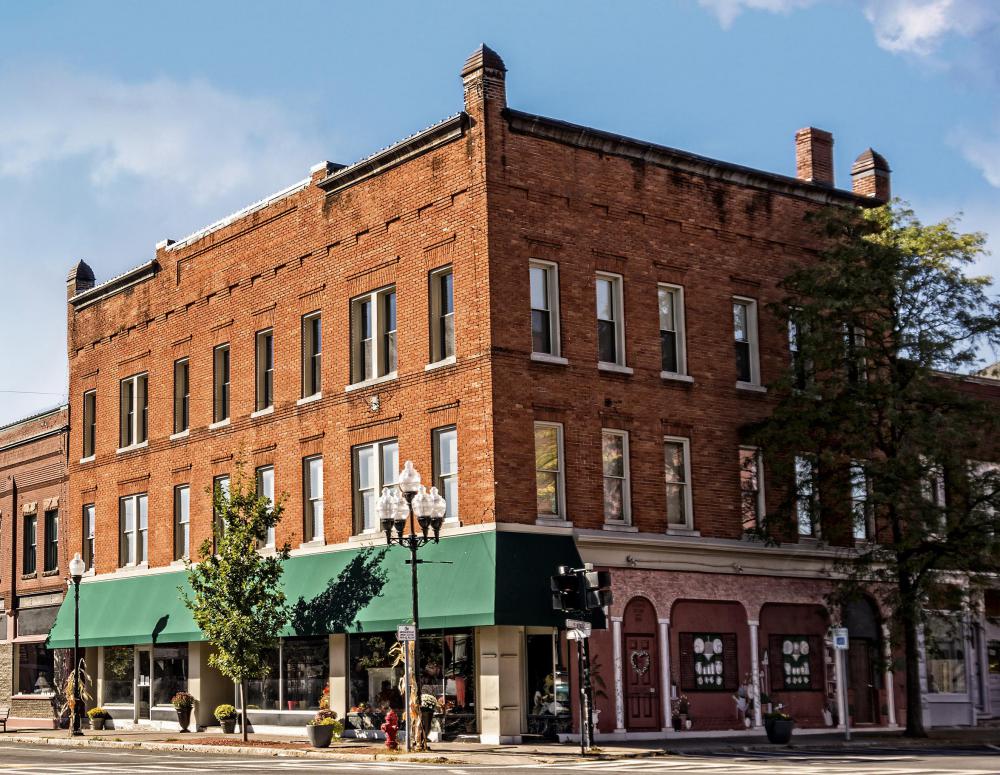At WiseGEEK, we're committed to delivering accurate, trustworthy information. Our expert-authored content is rigorously fact-checked and sourced from credible authorities. Discover how we uphold the highest standards in providing you with reliable knowledge.
What Is a Rehabilitation Tax Credit?
A rehabilitation tax credit is a sum of money that an individual or entity receives from a tax entity to offset the cost of redeveloping or repairing certain types of buildings. Government agencies use tax credits as an incentive to get people and businesses to restore existing buildings rather than buying newly constructed property. Rules on claiming tax credits vary but in some instances, property owners must claim the tax credit during the year in which the building related costs were incurred while in other instances taxpayers have several years to claim the money.
In most instances, the amount of a rehabilitation tax credit is capped; otherwise, the amount of the credits that are claimed could exceed the total amount of money that the tax authority received from other taxpayers. The limit may be a fixed monetary amount or it may be capped as a percentage of the claimants overall tax liability. If a taxpayer has no tax liability for a particular year, then the entire amount of the rehabilitation tax credit will be paid to that party. A party with a tax liability will receive a tax deduction that is equal to the amount of the tax credit which may mean receiving a residual sum if the credit exceeds the taxes that are due.

Laws in some countries identify certain buildings and structures as being places of historic significance. Typically, bylaws exist that limit the ability of property owners to update or alter these historic sites. Additionally, it is often more expensive to replace a thatched roof or replace iron railings on an old building than it is to conduct similar repairs using more modern materials on other types of buildings. Tax credits are one way of encouraging people to buy these aged properties although for some people, maintaining a historic site can still prove to be prohibitively expensive.
Aside from historic sites, many government agencies offer credits to people who buy properties in low-income districts and economically depressed urban areas. A rehabilitation tax credit is often a key part of a municipality's attempts to rejuvenate an area by enticing middle-income families and new businesses to the region. In addition to reinvigorating economically deprived districts, a rehabilitation tax credit can also serve a practical purpose in areas where urban sprawl is causing the surrounding countryside to rapidly disappear. Some city governments even use tax credits as a way of keeping homeowners in the city to maintain a healthy tax base.
AS FEATURED ON:
AS FEATURED ON:











Discuss this Article
Post your comments